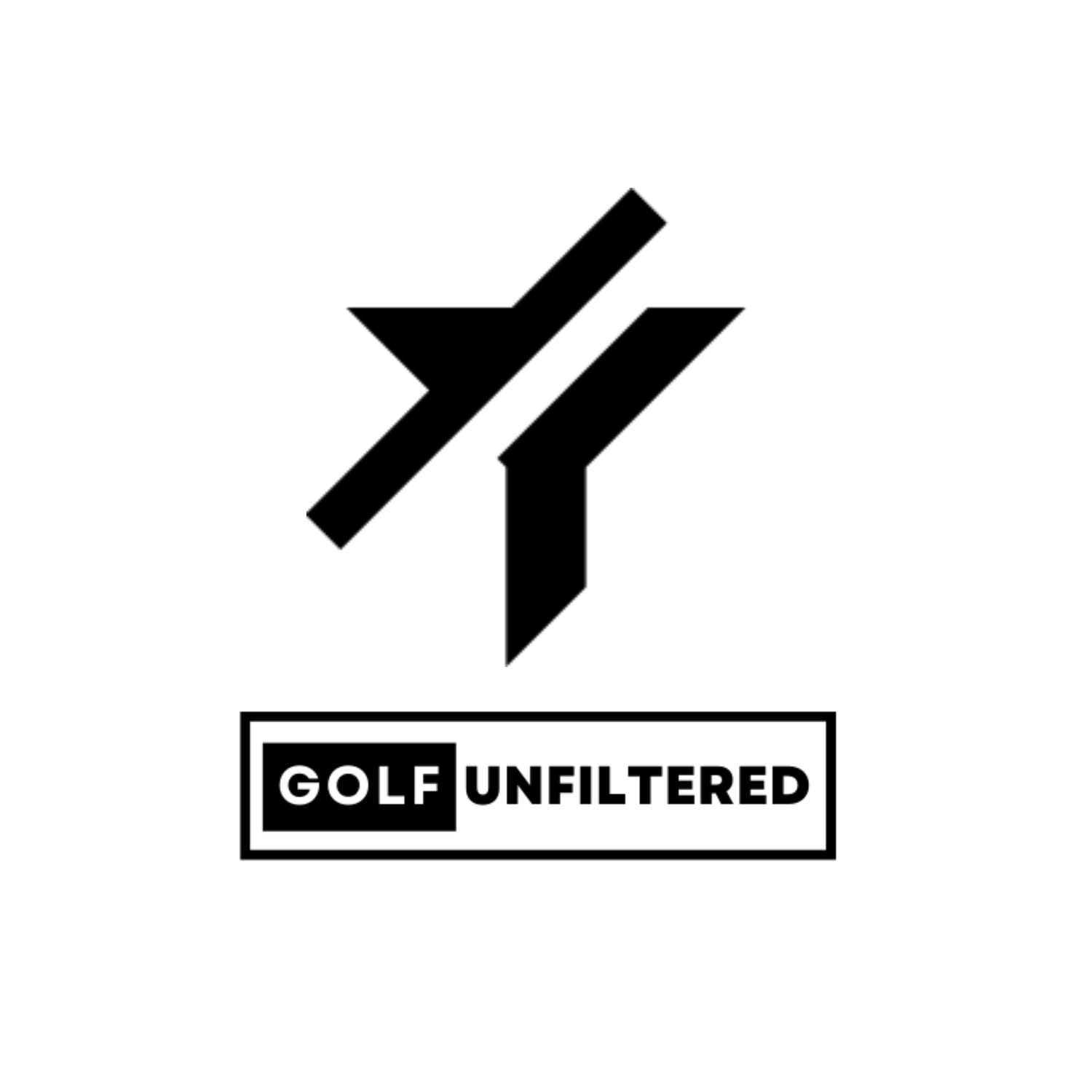Why Does Wedge Bounce Matter?
The bounce of your wedge is easily explained but not commonly understood. Apart from being the rounded angle created between the wedge’s leading edge and the lowest point of its sole, understanding how customizing bounce to your swing tendencies and playing conditions can be very important.
Let’s take a closer look.
What is Wedge Bounce?
The angle between the wedge’s leading edge and lowest point of its sole is referred to as a wedge’s bounce. When you see the term “bounce” you probably think of the more traditional use of the term, such as describing what a golf ball does when it hits a hard surface. While a wedge’s bounce is thought of differently, thinking of that bouncing golf ball might be helpful with understanding bounce’s role in your wedge.
A wedge can have what’s considered to be “low bounce”, “mid-bounce”, or “high bounce” depending on the steepness of the angle described earlier. The steeper the angle, the higher the bounce. This is due to the wedge’s leading edge resting higher — or lower — off the turf depending on the measurement of that angle.
What is the Purpose of Wedge Bounce?
A simple way to think of why wedges need bounce is to picture what the club would do without any bounce.
If your wedge had zero bounce, its leading edge would rest snugly on the ground when you address a golf ball. There would be no angle between that leading edge and the wedge sole’s trailing edge. If you were to hit a golf shot with that wedge, chances are really good that the wedge would dig deep into the turf, causing a fat shot unless struck perfectly. You will most likely make contact with the golf ball on the wedge’s highest grooves, which is not ideal.
This is due to a number of factors, especially your natural swing attack angle (the descending angle made toward the golf ball) and the lack of bounce on that wedge.
Clubmakers understand this concept and therefore incorporate bounce into wedge design as a means to prevent this steep “digging” into the turf. In a way, the presence of bounce on a wedge allows the club to resist digging into the turf too much, therefore increasing the probability of making solid contact on the wedge’s lowest grooves.
How do Playing Conditions Impact Bounce?
The climate in which you play most of your golf call also influence how much bounce you need on a wedge.
For example, if you play in the US Midwestern states where the climate can be cold during the fall, rainy during the spring, and hot during the summer, ground conditions can change throughout the year. Many players in this part of the country prefer wedges with mid-bounce, or usually around 10-12-degrees.
However, players in warmer climates where the turf can be harder throughout the year will benefit more from low-bounce wedges, or anything lower than 10-degrees. Playing wedges with too much bounce in these conditions could cause you to hit thinner shots due to your wedge resisting digging into the turf.
What about Swing Tendencies?
How a player swings a golf club can also influence what type of bounce they should play on their wedges.
Players who have a steep attack angle toward the golf ball will likely require more bounce on their wedge. They will benefit from having a club that resists digging into the ground too much, regardless of playing conditions. Players who have a more shallow attack angle, however, could benefit from lower bounce for the opposite reason.
At the end of the day, the best thing any golfer can do is visit a certified golf club fitter to understand how much bounce they need in their wedges. It is common for players to have different bounce angles on each wedge, which is something your fitter can help you dial in.

